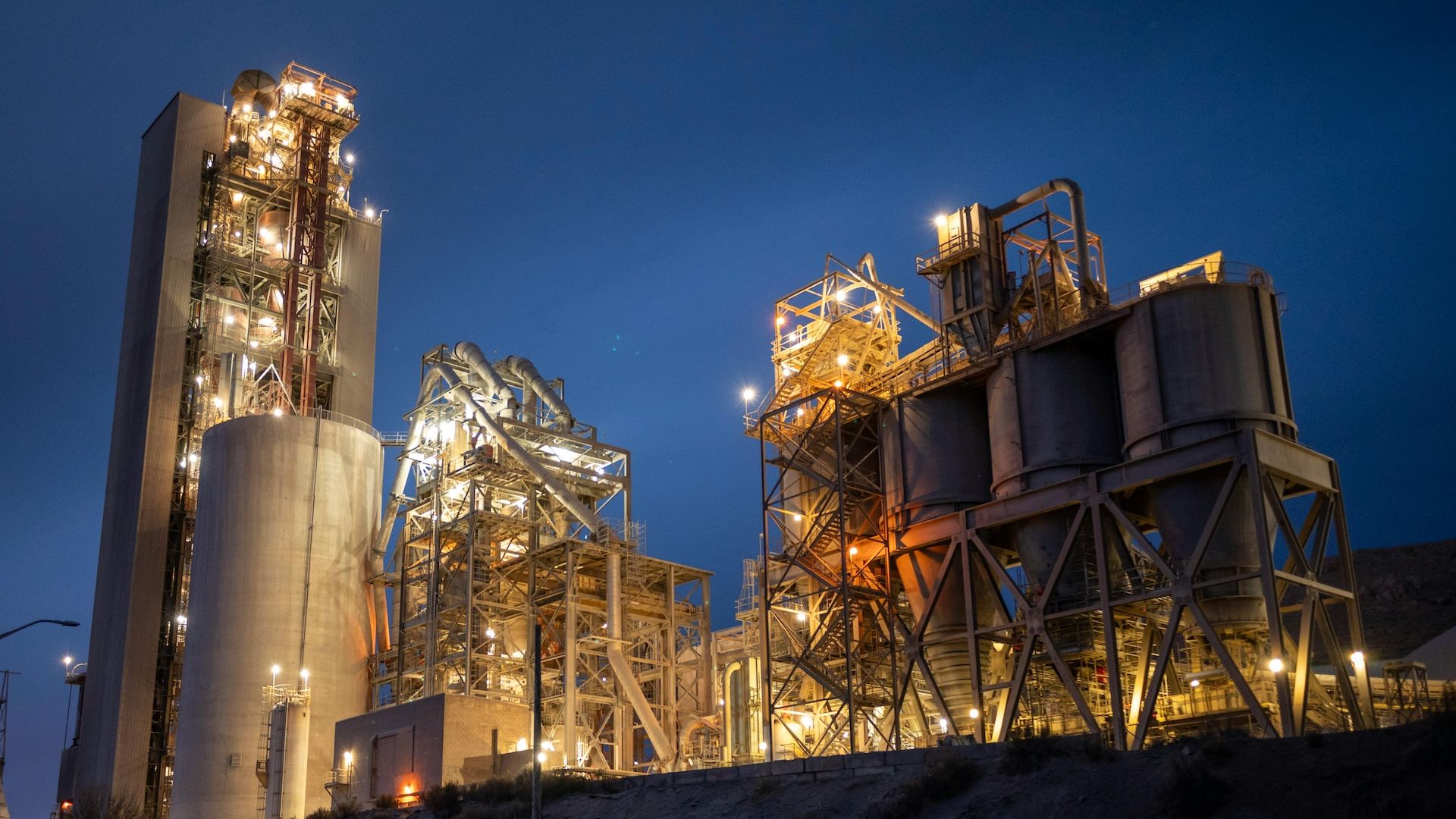Clearing the path to easier, more-accurate Scope 3 emissions intelligence
By pretty much any metric — we’ll pick worldwide Google Trends for the past five years — Scope 3 emissions are getting more attention than ever. From international cooperation to achieve Paris-aligned net-zero targets to corporate climate-neutrality goals, Scope 3 emissions are in the proverbial spotlight.
An accurate and complete understanding of Scope 3 emissions is central to any life cycle assessment (LCA) of a company’s or product’s carbon footprint. For example, cradle-to-gate assessments look at all upstream supply chain emissions, inclusive of resource extraction all the way through factory production (and sometimes, all the way to a product landing on store shelves). Meanwhile, cradle-to-grave and cradle-to-cradle assessments look at upstream emissions as well as downstream emissions associated with a material’s or product’s use and eventual end-of-life disposal or recycling.
Yet as important as Scope 3 emissions are to analyses like those described just above, they’re also fraught with challenges and limitations. The Climate TRACE coalition is among many initiatives working to change that.
What are Scope 3 emissions and why do they matter?
Scope 3 emissions are part of the ubiquitous GHG Protocol (GHGP), cofounded by WRI and WBCSD. Used by the U.S. Environmental Protection Agency and myriad other agencies and companies around the world, GHGP is the most widely used standard for GHG accounting and reporting.
GHGP segments emissions into three main categories:
Scope 1: Direct emissions from a company’s activities, such as fossil fuel combustion for industrial process heat
**Scope 2:**Indirect emissions from a company’s purchased energy use, such as electricity consumption associated with buildings, owned fleets of electric vehicles, etc.
Scope 3: All other indirect sources of emissions associated with a company’s upstream and downstream value chain, such as embodied emissions in raw input materials like steel and transportation and distribution of finished products sold to consumers
Scopes 1 and 2 have traditionally been easier to understand and quantify, since they more neatly sit beneath an organization’s umbrella. Scope 2 has also been a recent focus of efforts to make it more impact-centric. But Scope 3 has also been receiving increasing attention because it often comprises the majority of an organization’s GHG footprint — ranging from 65% to as much as 95% of a company’s climate impact, according to Carbon Trust. In certain supply chains, upstream emissions alone can account for more than 50% of total emissions.
Climate TRACE is gathering data and estimating emissions for nearly all of these sectors.
What challenges currently make Scope 3 emissions tracking difficult?
Despite their importance, Scope 3 emissions have been harder to track and quantify. Companies are dependent upon their vendors and partners in their supply chains to provide self-reported information… if that information is even available at all. Alternatively, companies rely on blunt industry averages and estimates (which are often years out of date), or extrapolations from smaller datasets, to take a best guess at Scope 3 emissions.
Yet if we’re serious about meeting Paris Agreement targets, we need to also get serious about Scope 3 emissions. That’s exactly among the things we’re working hard on here at Climate TRACE.
How Climate TRACE is clearing the path to easier, more-accurate Scope 3 emissions intelligence
Climate TRACE is using satellite imagery, other forms of remote sensing, and artificial intelligence and machine learning to track human-caused GHG emissions around the world. Next month, Climate TRACE will launch asset-level data as part of our updated dataset and dashboard. For the first time it will enable users to trace and track every source contributing to emissions in a supply chain.
The Climate TRACE approach is to measure all emissions at the facility-level, thereby treating all emissions as Scope 1 for those facilities. Since this includes upstream industries like manufacture of steel and cement, fossil fuel extraction and refining, and shipping, companies can use this facility-specific data to understand the Scope 3 emissions of their supply chains.
For businesses that can’t be sure which facilities are part of their supply chain, we can support scope 3 accounting by providing accurate and up-to-date sector averages at the country and regional level. In the future, once the Climate TRACE dataset is fully published, they can also use data to make decisions that can help reduce their Scope 3 emissions, like buying goods from the lowest-emitting factories, sourcing lower-emissions steel, or shipping their goods on the lowest-emitting container ships.
This is actionable information that will require everyone’s help and input — and in turn, help shine a light on and ultimately reduce supply chain emissions around the world.
Short term, Climate TRACE offers a new dataset that will improve over time to become a comprehensive tapestry of Scope 3 emissions. To reach the full potential, our coalition is continually seeking more collaborators to contribute further data sources to the effort. Join us!
P.S. And until our updated dataset and dashboard launch in a few weeks, we encourage you to explore already up-to-date, country-level emissions for upstream sectors such as oil & gas extraction and refining, steel, cement, and mining.
Ann Marie Gardner is a journalist and Climate TRACE coalition member.


